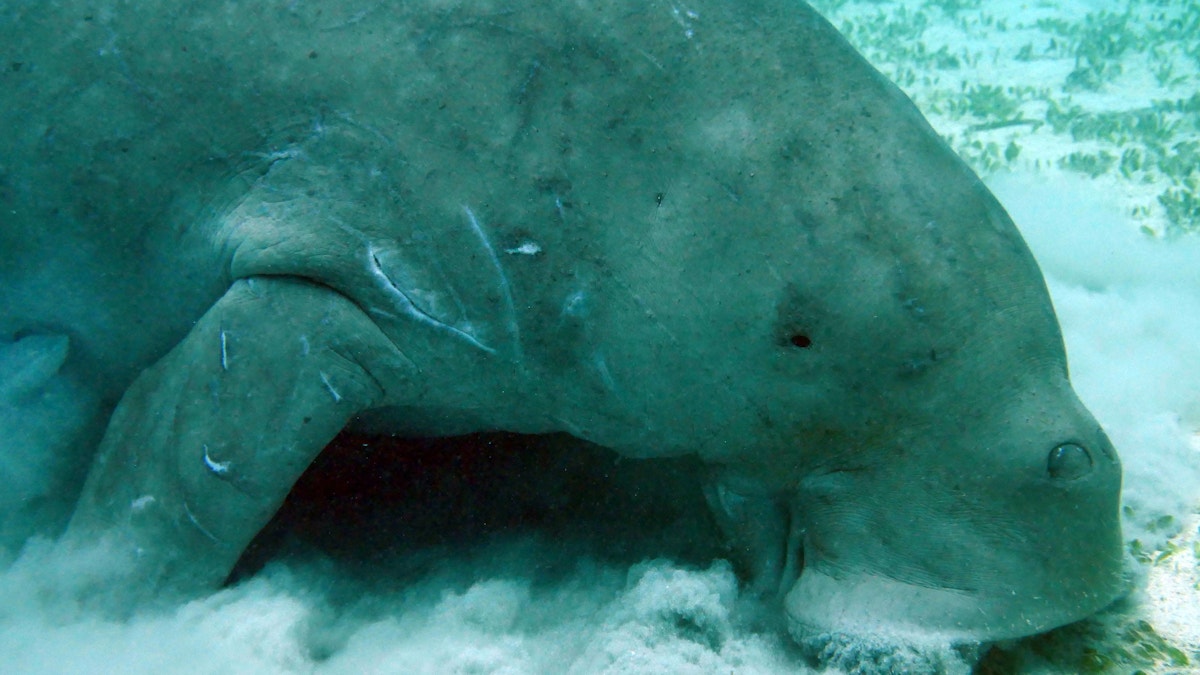
Fishing tips: After the rain in Moreton Bay
Published 1:00pm 9 February 2024

Rain and its impacts are the big influence this month. There is plenty of discoloured water and that can present both opportunities and challenges.
For inshore anglers, there have been plenty of spotted and barred javelin fish throughout the western side of Moreton Bay which have been washed out of the upper reaches of rivers and creeks. These fish look similar to yellowfin bream but have a distinct square tail and often croak loudly on capture – hence their other common name of grunter bream. Both species are fine table fish but make sure if you keep one, you know which one it is. Spotted javelin fish have a legal size of 30cm but for barred javelin it is 40cm.
Spotted javelin are the more common of the two species and can be found in many locations in the Pumicestone Passage, the Caboolture River, southern bay islands and the Southport Broadwater. My preferred baits for them are yabbies, bloodworms or fresh prawns. Some really good quality barred javelin fish have also been nosing around the reefs at Redcliffe and Mud Island. They will take similar baits as spotted javelin fish, but are also partial to flesh baits such as pilchards.
Scarborough Reef and the other shallow reefs around Redcliffe will have some snapper and grass sweetlip as well as bream this time of year. Some nice fish have been caught. If you are using bait, always fish as light as possible, unweighted if you can, and float the bait around rather than anchor it to the seabed. Unfortunately, expect lots of fork-tailed catfish mixed in with them as well. They are hard to avoid after rain. Bream will be also distributed throughout most of their other usual haunts including the Pine River, Hays Inlet and Bribie Passage.
Meandering muddies
Mud crabs will be active after the recent rain, so expect some good catches in the rivers and creeks. The rain has also flushed the banana prawns downstream and the Pine River will be great spot to target them with cast nets. They will also be moving around in Bramble and Deception Bays. Rainfall is critical for the banana prawn lifecycle and the timing and volume of rain not only influences this year’s crop but the one next year. Juvenile banana prawns grow over winter, spring, and early summer. In response to rainfall and river flows, they commence to move out of upstream mangrove areas in rivers and creeks and start to make their way into Moreton Bay where they become the focus of the cast net fishery.
The beaches of Moreton Island are less affected by the rain and the area from Comboyuro Point to Yellow Patch will yield good catches of swallowtail dart, sand whiting and some chopper tailor. The best bait for swallowtail dart is the humble yabby, while worms such as bloodworms and surf worms should provide some sand whiting.
Swallowtail dart is mostly a daytime proposition in this area, while you will get the best catches of whiting in the afternoon or at night. I have always preferred the early part of the rising tide along the Moreton Island beaches although beach conditions will always dictate when and exactly where they are.
On the rising tide, sand whiting are often very close to the shore and many anglers cast out too far and miss the fish. Sand whiting will also be on the western beaches of Moreton Island. While the main run of tailor in our waters are the cooler months, the northern beaches of Moreton Island are among the locations where you can get a run of ‘Christmas choppers’. Pilchards have always been a favoured bait for this run of fish. There have also been a few tailor around the Redcliffe Peninsula as well. Tailor are a fast-growing species, reaching about 27cm (fork length) in their first year with most fish caught under four years of age.
Offshore catches
Access to offshore areas can be hit and miss weather wise, but when you can get out, offshore anglers can expect a few more tropical bottom dwellers mixed in snapper, pearl perch and teraglin. This can include species such as hussar, and even the very occasional red throat emperor.
For those chasing pelagic species, spotted mackerel should be particularly active and working the current lines in open water. Lures are a good option for those wanting to chase them and other pelagics. The Fish Aggregating Devices (FADs) are also a great option for anglers with a big enough boat and dolphin fish are the expected catch on unweighted pilchard pieces or trolled lures.
Daryl McPhee is an associate professor of environmental science at Bond University
Related Stories
Top Stories

Please ... pause before you plant
Unitywater is asking residents to pause before they plant, with more than 30 per cent of wastewater pipe blockages and overflows caused by tree roots.


Popular Stories

Pausing to honour Diggers on Remembrance Day
Remembrance Day services have been held across the City of Moreton Bay today to honour fallen Diggers and the men and women who continue to serve our country. See our photo gallery from Redcliffe

New role for Moreton Bay Tourism boss
In a ‘significant milestone for the region’, Moreton Bay Region Industry and Tourism’s CEO Natassia Wheeler has been appointed CEO of Queensland Tourism Industry Council. Here’s what is happening

Long history of community connection at Grace C&K
For almost 60 years, Grace Lutheran Creche and Kindergarten has been a central part of the Redcliffe Peninsula community. We take a look back at its history as it prepares to close its doors













